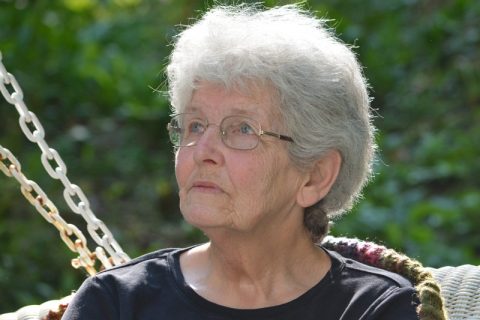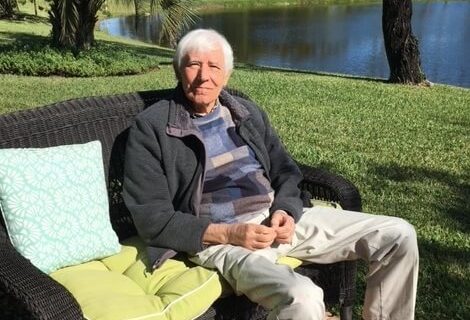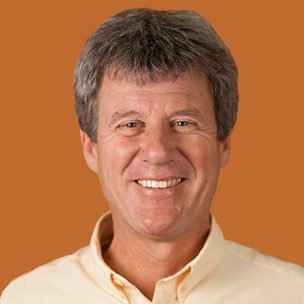Mesothelioma Survivor Turns Setbacks into Comebacks
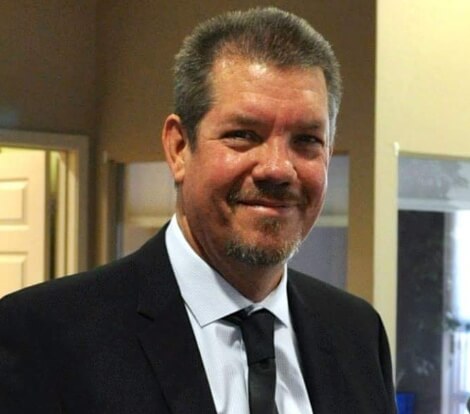
Written by Tim Povtak | Edited by Walter Pacheco | Last Update: 10/23/2024 | 6 Min Read
Jim Dykstra has good reason – a lot of good reasons – to fall into the woe-is-me, gloom-and-doom trap that often engulfs those diagnosed with malignant mesothelioma, a rare cancer with no cure.
But he refuses to go there.
Instead, Dykstra continues his eight-year journey as a mesothelioma survivor with considerable resilience. He has overcome two major surgeries, both involving hyperthermic intraperitoneal chemotherapy, plus life-threatening side effects and unrelated issues that have tested his resolve.
His past decade was filled with setbacks – and comebacks.
“I’ve learned that life can throw you curve balls that are pretty tough to deal with,” Dykstra said from his home near Phoenix. “But that doesn’t mean your life is over. They test you. They really test you, but you can’t let them define you. I was in that why-me dark place early on, but I learned how to overcome it.”
Missing Parts Don’t Deter Mesothelioma Survivor
Dykstra has had his spleen, gall bladder, appendix and parts of his liver, pancreas, colon and intestines removed during his two mesothelioma cytoreductive surgeries, done at two different hospitals, seven years apart.
According to medical records, both surgeries removed his appendix, which brings a smile to his face when Dykstra explains how that could be.
“I still don’t know if I had two of them, if it grew back, or if it was just mislabeled on one of the reports,” he laughed. “Either way, I don’t have much in the way of guts anymore. I tell my doctors and nurses, I have humor because of this tumor.”
Dykstra, now 59, was first diagnosed with peritoneal mesothelioma in 2013. It was discovered during routine follow-up scans tracking his earlier testicular cancer.
Although his first mesothelioma surgery and HIPEC procedure at Cancer Treatment Centers of America was delayed because of blood clots possibly related to his earlier cancer treatment, it was deemed a success as part of a multidisciplinary regime.
Follow-up treatment included five sessions of radiation and multiple sessions of systemic chemotherapy covering over 18 weeks.
“The chemotherapy treatment is like a rollercoaster ride. After treatment you feel bad, really bad, but then you start feeling better,” he said. “And as soon as you start feeling really good again, it starts all over. Then it’s back to bad.”
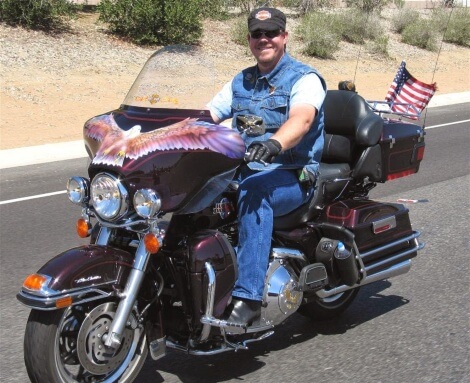
No Sitting at Home Waiting for Cancer Recurrence
Although he knew mesothelioma recurrence was always possible, Dykstra did not sit home worrying about it. He joined a Harley-Davidson motorcycle group, often riding throughout the state with his wife aboard.
Together, they traveled to the Black Hills of South Dakota in 2015 for the 75th annual Sturgis Motorcycle Rally, which attracted close to 750,000 bikers.
“You can’t sit around worrying and become a couch potato, feeling sorry for yourself. I would tell others, don’t get discouraged. The depression is hard to kick if you let it set in,” he said. “I went almost four years before the cancer came back.”
Before it returned, though, hernias along the original incision line led to the need for mesh implants in his abdomen. He also contracted the rare West Nile virus, which was initially misdiagnosed and required another hospital stay.
When the tumors started growing again in 2018, Dykstra returned to a chemotherapy regimen, which did not work for very long. In 2019, he tried Keytruda, a novel immunotherapy drug, but its effectiveness was not sustainable.
Dykstra was away from home receiving a second medical opinion when their home was flooded, sending he and his wife to temporary living arrangements. A year later, just before his second HIPEC procedure, a fire in their garage sent them packing again when smoke damaged their home.
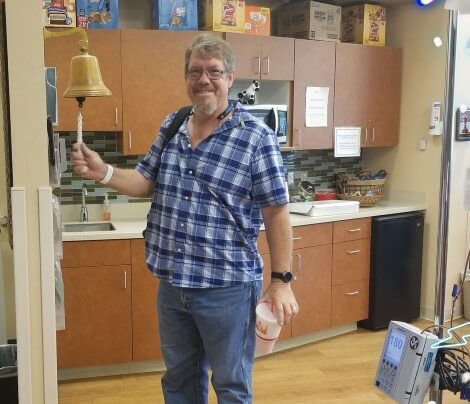
Overcoming More Mesothelioma Setbacks
Dykstra’s second major surgery was performed Nov. 11, 2020, on Veteran’s Day, at MD Anderson Cancer Center in Gilbert, Arizona.
Although the lengthy procedure went well, his recovery did not. A follow-up visit revealed serious pancreatic infection, sending him back to the hospital and eventually home with drainage tubes in his back for the next 30 days.
On Jan. 8, after doing his own infusion routines each day, the tubes and the pain they were causing were removed.
“This hasn’t been a lot of fun. I’ve still got a way to go to get back to semi-normal,” Dykstra said. “What was left of the pancreas was pretty ticked off. I’m trying to stay busy, too, as much as I can. You just learn to deal with the curves that life presents. And I’ve had a few along the way.”
Staying Busy Helps Survivor Cope
Dykstra is now starting his latest woodworking home improvement project. After his first surgery, he added crown molding to the dining room. This time, he is planning to build a three-cabinet entertainment center for the living room.
“I’m not a carpenter who could bang it right out. For me, it’s going to be a challenge, doing the research, watching the YouTube videos. Probably take me a couple months to get it done,” he said. “It will keep me busy, though. And that’s a good thing now.”
Dykstra and his wife stopped riding the Harley-Davidson in 2019. Abdominal pain from the cancer, coupled with the death of his sister’s husband in a motorcycle crash, prompted him to sell the bike.
They are looking now to buy a two-seat, off-road utility vehicle as a safer, but still fun, replacement for the Harley-Davidson he sold.
Living for Today
“The ultimate goal of having this second HIPEC and surgery is to never need treatment again, but realistically, you can’t say that,” Dykstra said. “It’s like people who buy lottery tickets saying, ‘I’m going to win.’ That’s just hope.
“The reality is, you’re not going to win. The reality with me is, you just don’t know. My oncologist says at this time, I have no active cancer cells, but it only takes one to get this going again.”
Dykstra has another blood test and CT scan scheduled for early February. Then another meeting with his oncologist to talk about his future.
“To say I’m cancer-free, that’s debatable right now,” he said. “That’s the sad part about this disease. There’s a higher chance of it coming back than with most other cancers. But I’m not going there now. I’m living for today.”

